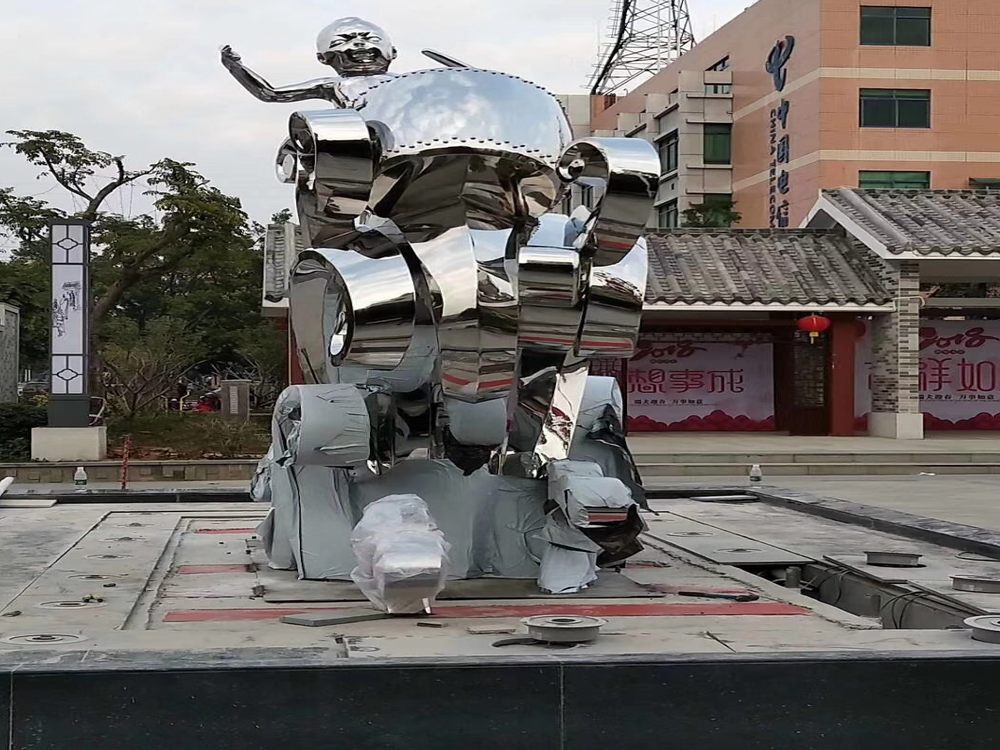
The art of stone carving has captivated audiences for centuries, not just for its durability but also for the astonishing ability of skilled artists to breathe life into cold, unyielding rock. One of the most fascinating aspects of this art form is how sculptors create the illusion of movement in stationary stone. Through a combination of technical mastery and perceptual tricks, these artists transform static materials into dynamic visual narratives.
One key technique involves the careful positioning of figures to suggest motion. By carving bodies in mid-action—such as a dancer with one leg raised or a warrior mid-stride—artists imply a moment frozen in time. The use of asymmetrical balance further enhances this effect, as off-center compositions naturally draw the eye across the sculpture, creating a sense of rhythm.
Another powerful method is the manipulation of drapery and flowing elements. When stone fabric appears to ripple or flutter, as if caught by an invisible breeze, it tricks our brain into perceiving movement. Michelangelo's famous "David" exemplifies this, with his tense posture and flowing hair suggesting imminent action.
Light and shadow play equally crucial roles. By varying the depth of cuts and the texture of surfaces, sculptors create areas of contrast that change with the viewer's perspective. This chiaroscuro effect gives the illusion that forms are shifting or rotating, especially when observed from different angles.
Modern sculptors often incorporate optical illusions more directly, using precise geometric arrangements that appear to morph as the viewer moves. These contemporary approaches build on ancient traditions while pushing the boundaries of how we perceive three-dimensional art.
Ultimately, the magic lies in the artist's understanding of human perception. Our brains are wired to interpret certain visual cues as movement, and by expertly deploying these cues in stone, sculptors create works that seem to vibrate with hidden energy, frozen yet forever in motion.

